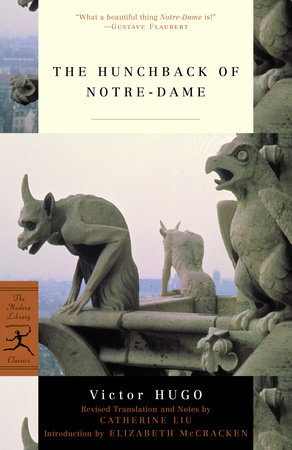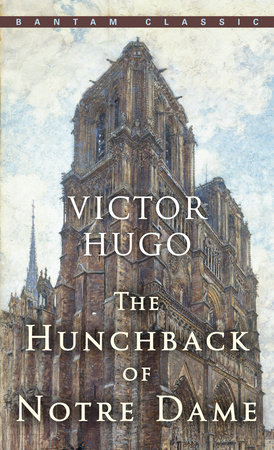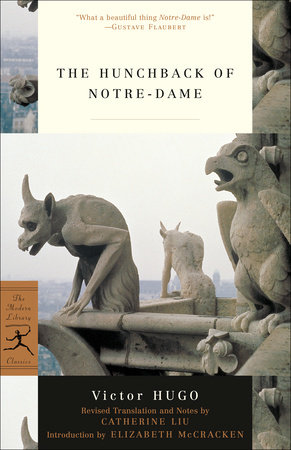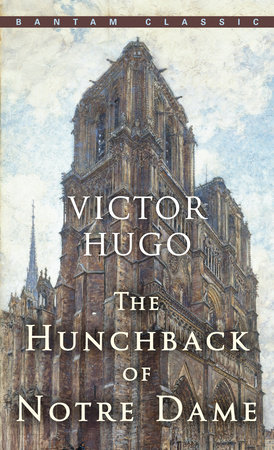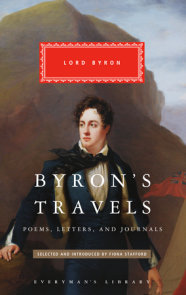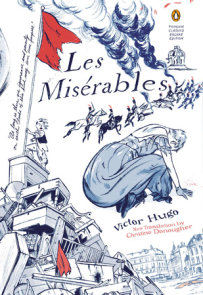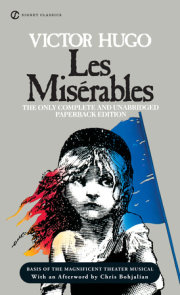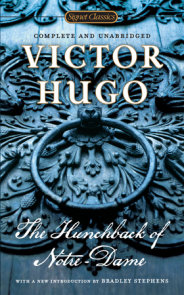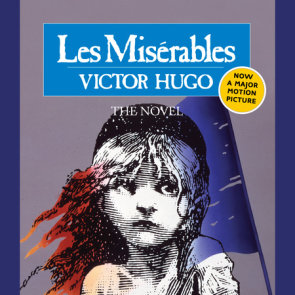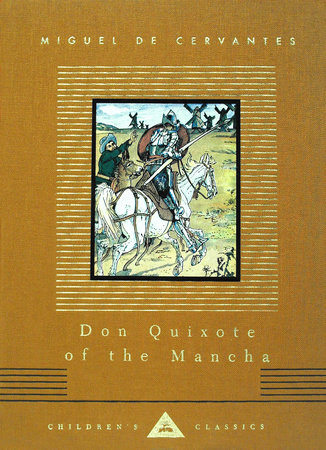

The Hunchback of Notre-Dame
By Victor Hugo
Introduction by Elizabeth McCracken
Translated by Catherine Liu
By Victor Hugo
Introduction by Elizabeth McCracken
Translated by Catherine Liu
By Victor Hugo
By Victor Hugo
By Victor Hugo
Introduction by Jean-Marc Hovasse
By Victor Hugo
Introduction by Jean-Marc Hovasse
By Victor Hugo
Introduction by Elizabeth McCracken
Translated by Catherine Liu
By Victor Hugo
Introduction by Elizabeth McCracken
Translated by Catherine Liu
By Victor Hugo
By Victor Hugo
By Victor Hugo
Read by David Case
By Victor Hugo
Read by David Case
Part of Modern Library Classics
Part of Everyman's Library Classics Series
Part of Modern Library Classics
Category: Children's Classics | Children's Middle Grade Fantasy | Classics
Category: Children's Classics | Children's Middle Grade Fantasy | Classics
Category: Children's Classics | Classics
Category: Children's Classics | Children's Middle Grade Fantasy | Classics
Category: Children's Classics | Children's Middle Grade Fantasy | Classics
Category: Children's Classics | Audiobooks

-
$15.00
Oct 08, 2002 | ISBN 9780679642572 | Middle Grade (10 and up)
-
$5.95
Feb 01, 1981 | ISBN 9780553213706 | Middle Grade (10 and up)
-
$30.00
Feb 07, 2012 | ISBN 9780307957818
-
Dec 18, 2007 | ISBN 9780307417152 | Middle Grade (10 and up)
-
May 01, 2007 | ISBN 9780553903980 | Middle Grade (10 and up)
-
Jan 01, 1992 | ISBN 9781415910214
1170 Minutes
Buy the Audiobook Download:
YOU MAY ALSO LIKE
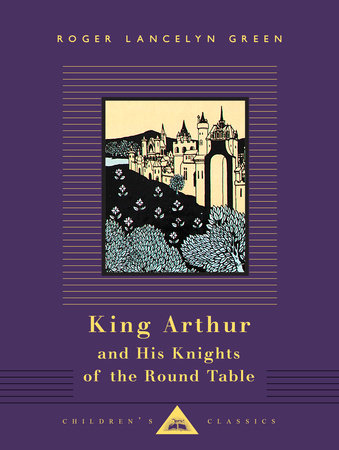
King Arthur and His Knights of the Round Table
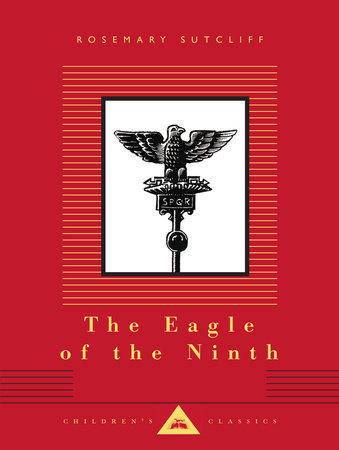
The Eagle of the Ninth

Heidi
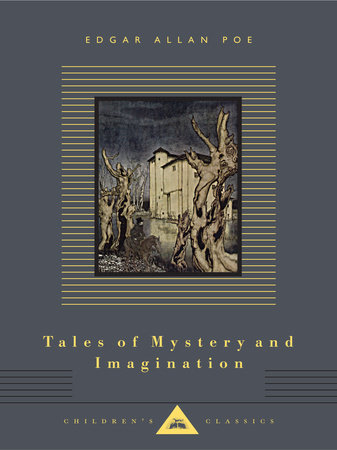
Tales of Mystery and Imagination
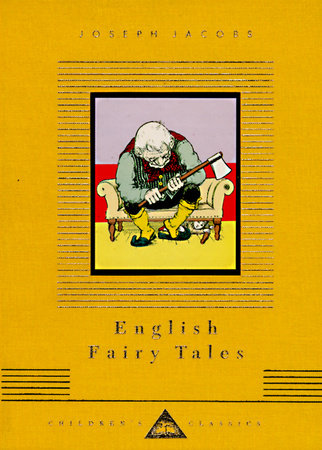
English Fairy Tales
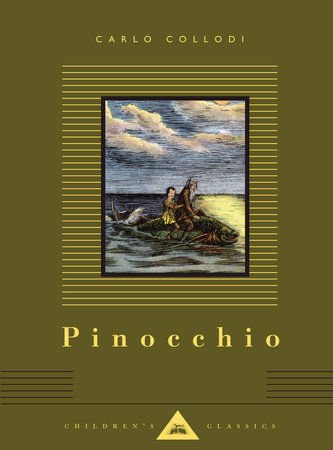
Pinocchio
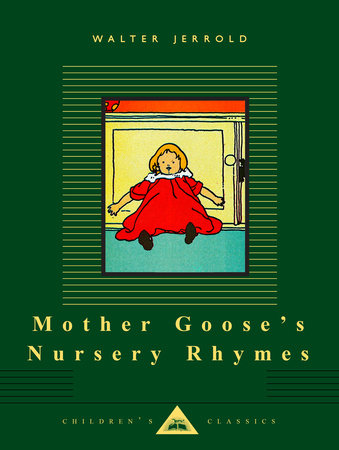
Mother Goose’s Nursery Rhymes
Just for joining you’ll get personalized recommendations on your dashboard daily and features only for members.
Find Out More Join Now Sign In






